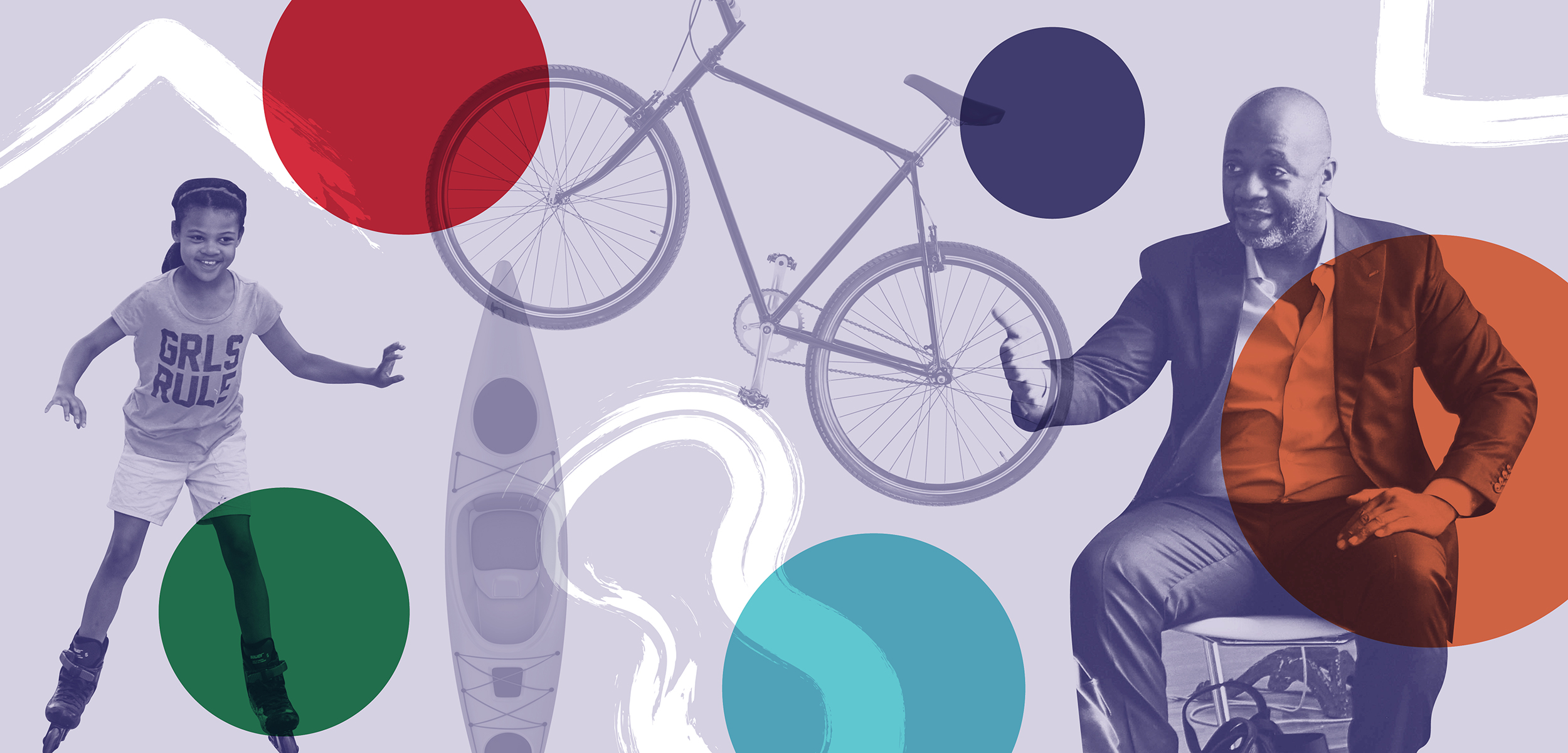
The power of public spaces: What five cities learned
On April 18, 2019, Knight released the report “Common Goals, Different Approaches.” Learn more by reading the blog below and this press release.
Three years ago, Knight Foundation joined with the Kresge Foundation, JPB Foundation and Rockefeller Foundation to support an experiment. Would it be possible to revitalize and connect disused civic spaces to foster greater civic engagement, promote economic development and enhance environmental sustainability?
The project took root in five, diverse cities: Akron, Ohio; Chicago; Detroit; Memphis, Tennessee; and Philadelphia. Each city invested significant additional public and private resources, and began to build a network of parks, plazas, trails and libraries.
Three years later, each city has made progress. Each city has also made this work their own—authentic to its own people, its own ethos and its own priorities. We asked journalist Aaron Wiener to go out and understand how this effort took on a life of its own in each community. Wiener is a senior editor at Mother Jones and has reported on a number of urban economic development issues. His work was independent. He came back with a vivid portrait of an effort that is both changing community and changed by community, an effort now as disparate as the places where it lives.
In Philadelphia, the effort became the testing ground for a citywide approach to the use of public space. Now, municipal resources are backing a $500 million neighborhood investment program focused on updating, programming and revitalizing key neighborhood assets like parks, libraries and recreation centers.
In Detroit, the project became about inverting one of the city’s core liabilities – mass vacancy – into an asset. The effort is taking vacancy and using it as the canvas on which to build new greenspaces at the center of neighborhood redevelopment that includes new housing opportunities and a revitalized commercial corridor.
Read the full report
In Memphis, Reimagining the Civic Commons is about the reawakening of Memphis’ downtown, and the reclaiming of the river as the center of civic life—for everyone.
In Akron, the project is about taking on civic life small bites at a time. The effort has made incremental changes to different key nodes of city life – a beautiful lake south of downtown in a neglected neighborhood, a park in a transitional neighborhood downtown, and a historic trail that is a regional draw but not yet a vital interface between visitors and residents.
And, in Chicago, the “civic commons” has been an opportunity for innovative artist Theaster Gates to reimagine just exactly what community means. Led by his vision, the project has created unusual new spaces where people, culture and art come together to reclaim a different vision for the city’s South Side.
At Knight Foundation, we believe community change happens when we are able to work with residents and other partners to unleash and accelerate what’s already moving in community. Perhaps the greatest success of the experiment that is Reimagining the Civic Commons isn’t one idea. It’s a set of values about the importance of civic spaces—values that can be interpreted and applied differently in different contexts.
Sam Gill is the vice president for communities and impact at Knight Foundation.
Lynn Ross is the founder and principal of Spirit for Change Consulting, LLC; she is Knight Foundation’s lead consultant for its work supporting RCC.
Read the full report, “Common Goals, Different Approaches” here.
-
Community Impact / Report
-
Community Impact / Press Release
Recent Content
-
Community Impactarticle ·
-
Community Impactarticle ·
-
Community Impactarticle ·





